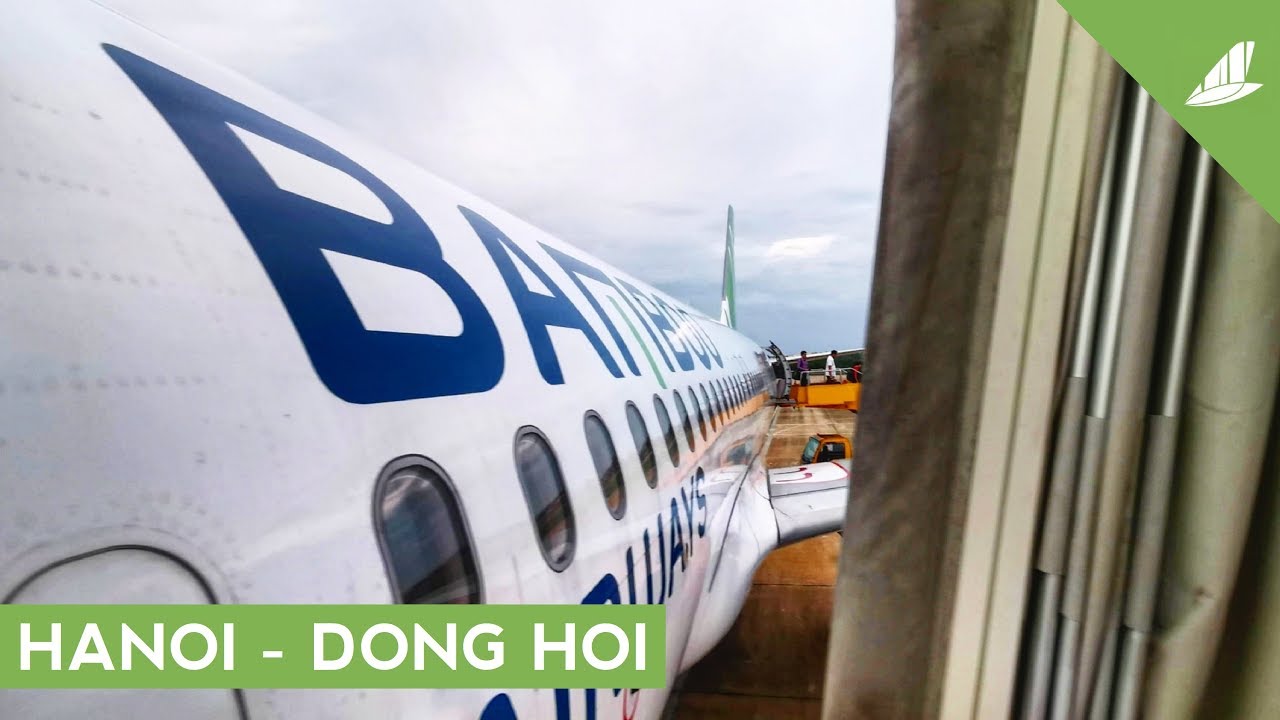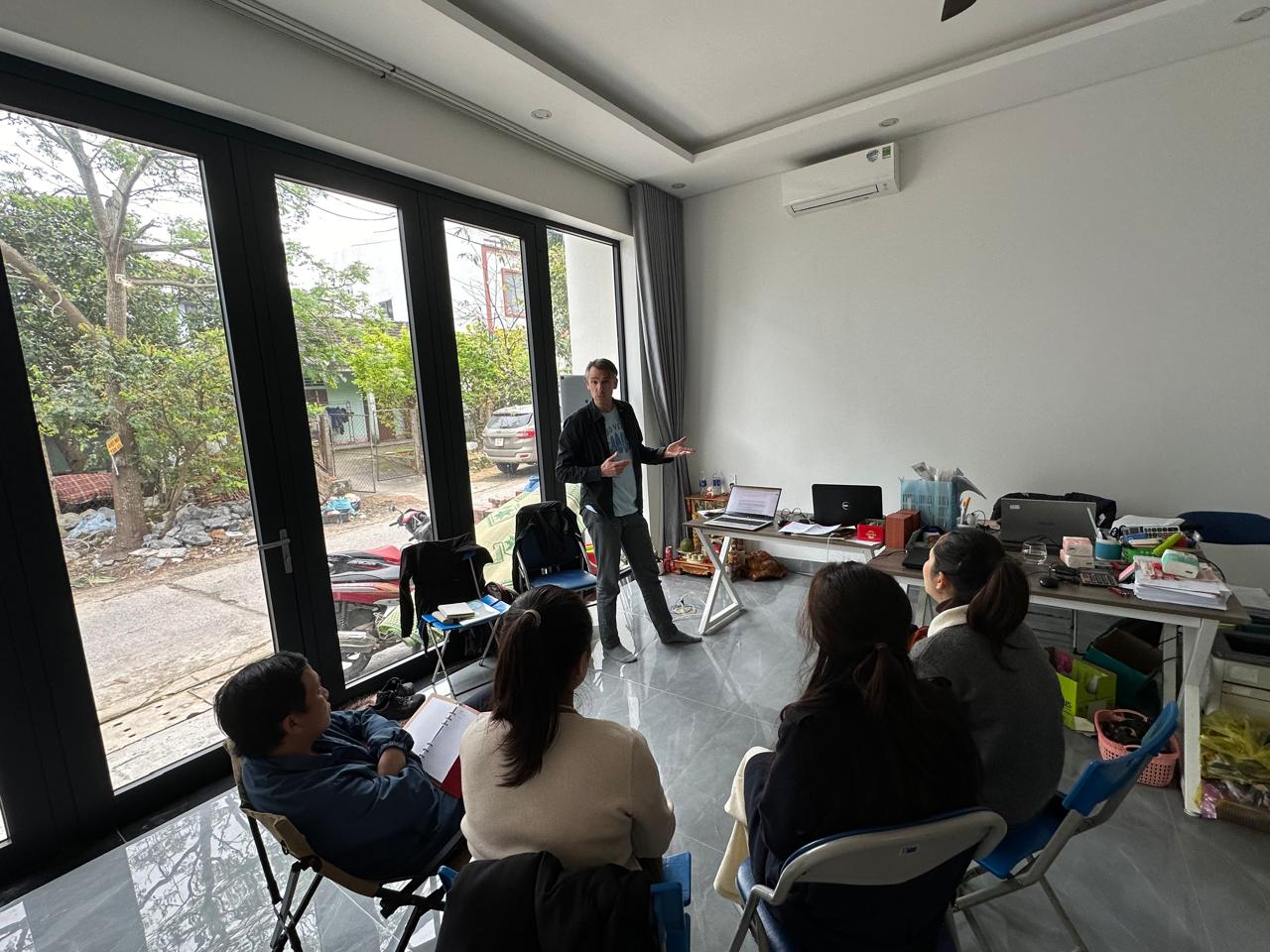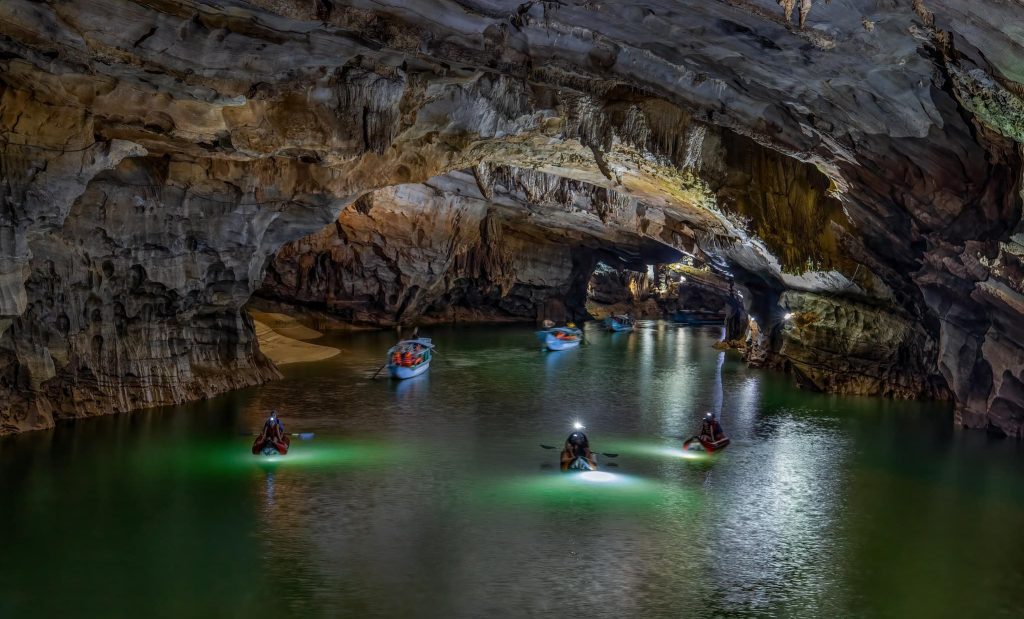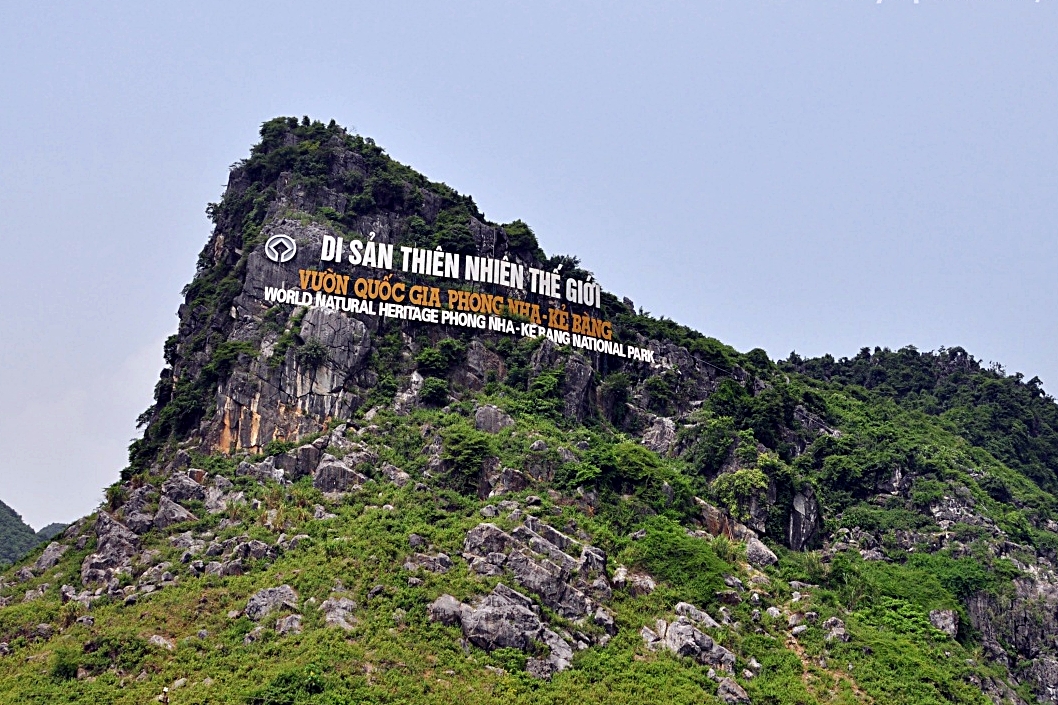14:05 - 16.09.2024
Hoang Phuc Pagoda, the oldest pagoda in Central Vietnam
00:52 - 16.02.2025
Hoang Phuc Pagoda, originally Tri Kien hermitage, Kinh Thien pagoda, commonly known as Tram pagoda or Quan pagoda, is located in Thuan Trach ward (now My Thuy commune), Le Thuy district, Quang Binh province. This is one of the oldest famous places in Quang Binh with a history of over 700 years, from the event marking the step of receiving the fire element of Buddha King Tran Nhan Tong during his journey to the South (1301) to Tri Kien hermitage to stay and preach Buddhist teachings.
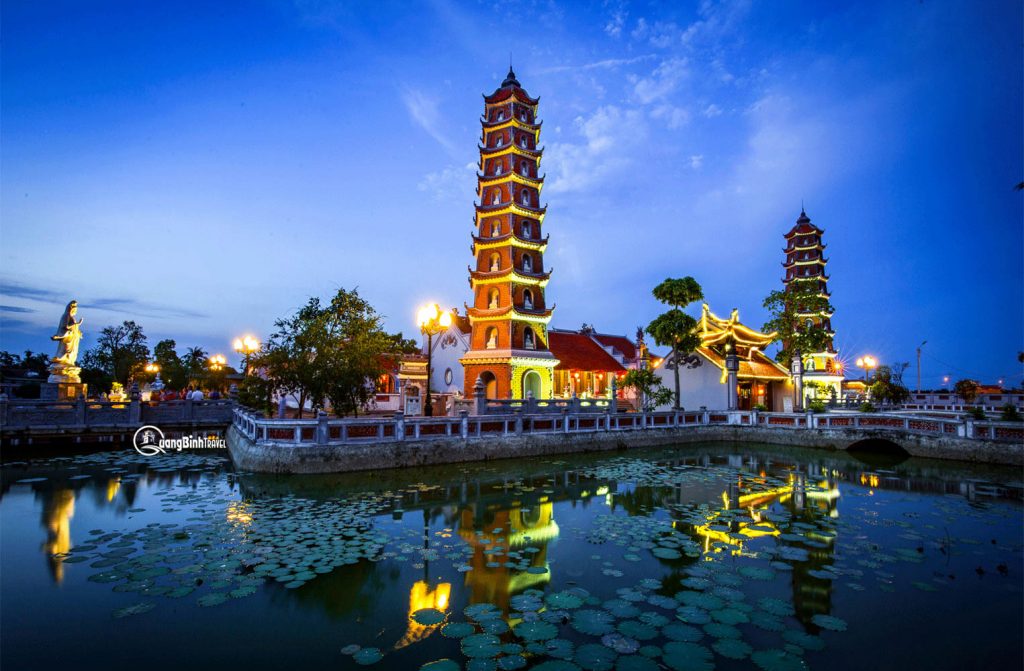
Hoang Phuc Pagoda is over 700 years old.
In the historical flow of the nation, Hoang Phuc Pagoda has affirmed its position in the cultural and spiritual life of the people of Quang Binh in general and the people of Le Thuy in particular. That is demonstrated through the events and the uninterrupted succession since the Buddhist King Tran Nhan Tong brought Buddhist ideology to teach at the pagoda.
In the books: O Chau Can Luc by Duong Van An, Dai Nam Nhat Thong Chi, Dong Khanh Du Dia Chi or in Phu Bien Tap Luc by Le Quy Don, Quang Binh Thang Tich Luc by Tran Kinh, Nguyen Kim Chi all mention Hoang Phuc Pagoda; especially the times when the Nguyen kings and lords visited, leaving poems praising the scenery at the pagoda.
Through the chaos of war, Hoang Phuc Pagoda still existed and developed with many restorations and reconstructions by Lord Tien Nguyen Hoang, the Nguyen Lords and Nguyen Kings.
In 1609, Lord Nguyen Hoang rebuilt the pagoda on the old foundation and named it Kinh Thien.

In 1716, Lord Nguyen Phuc Chu visited the pagoda, had it renovated, and ordered two horizontal plaques “Kinh Thien Tu” and “Vo Song Phuc Dia” (incomparable land of happiness) to be placed there, and five pairs of parallel sentences to be hung in the pagoda.
See more: Phong Nha Travel Experience
In 1821, King Minh Mang visited the pagoda and renamed it “Hoang Phuc Tu”. In 1823, the king gave 100 taels of silver to renovate the pagoda. In 1826, the king gave another 150 taels of silver for further renovation.
In 1842, King Thieu Tri went on a tour to the North, accompanied by Duc Ong Tung Thien Quan Vuong, visited Hoang Phuc Pagoda, and gave 300 taels of silver to restore the pagoda. The King and the Quan Vuong both wrote poems praising the pagoda, recording the historical site engraved on a bronze plaque hanging in the pagoda.
In the late 19th and early 20th centuries, after a long period of damage to the pagoda due to war and chaos, especially the fall of the capital and the Can Vuong uprising, around 1918, the pagoda had the good fortune to be restored by a Minister of Rites, specifically building a screen, a three-door gate and two left and right gates. Currently, visitors to the pagoda can still see an arched gate with the four words “Ta Quang Do Mon” carved on it, surrounded by the roots and trunks of ancient trees. Through the survey, it can be seen that this is a large-scale gate, even the capital city of Hue during that period did not seem to have many pagodas with such a gate complex.
The temple is associated with many historical events.
Hoang Phuc Pagoda is not only a place to worship Buddha and propagate Buddhism, but also a place associated with typical historical events of the homeland through the ages.

During the pre-uprising period, located in a semi-mountainous area, surrounded by dense trees and bordering My Tho – Trung Luc, where the first Communist Party cell in the South of Quang Binh province was born (1931). Hoang Phuc Pagoda became a revolutionary base, hiding and sheltering cadres to come here to work. This pagoda witnessed many times the comrades of the My Tho – Trung Luc Party cell came to propagate and mobilize to establish the Revolutionary Youth Group including comrades Tran Chi Hien, Vo Chi Ve, Hoang Minh Kinh, Tran Tac, Tran Thi Giu…
And from here, the revolutionary youth group proposed the establishment of friendly associations, harvest associations, forest associations… to gather forces to fight against high taxes and exploitative landlords, and at the same time propagate the national language to arouse patriotism and revolutionary ideology among the people. In particular, in 1943, comrade Bui Trung Lap, an officer of the Central Region Governorate, also came here to meet with revolutionary cadres, to propagate the Party’s guidelines and policies, and the spirit of struggle to the masses.
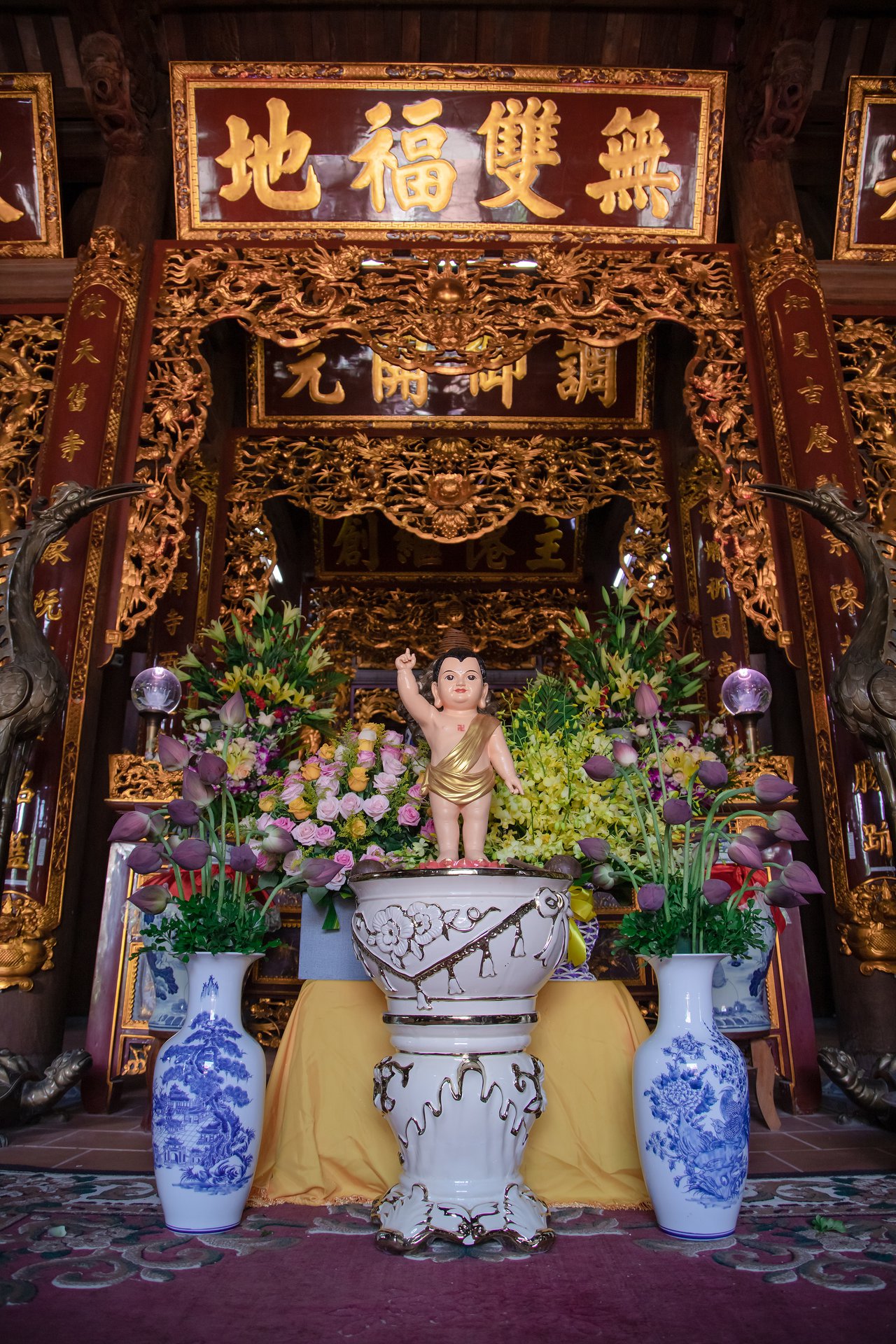
In early May 1945, following the directives of superiors, the Village Uprising Mobilization Committee was established. Hoang Phuc Pagoda was chosen as the meeting place to implement the uprising directives of superiors and prepare forces and weapons to launch an uprising to seize power on August 23, 1945.
During the resistance war against French colonialism, Cao Van commune (now My Thuy) had an extremely important strategic position. It was a commune with a railway axis passing through it, with provincial road 5 connecting national highway 1A to Mai, Phu, Son Thuy, and an inter-commune road connecting Le Thuy district to Bang Ron war zone, which was a very convenient place to deploy artillery to control the entire area in front of Le Thuy district. In addition, My Thuy had a very basic advantage of being a semi-mountainous land with dense gardens, never being divided in the war, and having abundant food, which were invaluable potentials for guerrilla warfare in the early period of the resistance war.
During those fierce years of struggle, Hoang Phuc Pagoda was a place to store weapons, recruit and train militia and self-defense forces, and a place where high-ranking military officers gathered and organized local raids, contributing to the overall victory of the resistance war against French colonialism in Quang Binh.
Therefore, from the beginning, the French colonialists always tried to find ways to control this land, creating a springboard to attack the Viet Minh war zone. However, they were always fiercely counterattacked by local guerrillas. Unable to carry out their plot, the French colonialists frantically used many cruel and brutal tricks, shooting and burning down villages very brutally, typically the reconnaissance on November 29, 1947.
During the resistance war against the US to save the country, My Thuy was one of the communes directly adjacent to the large front line in the South. This was the rear base of battlefield B, a place to gather goods, weapons, and a stopover before entering the battlefield in the South. Buddhists in Hoang Phuc pagoda joined the local people in fighting and serving in the local fight. In 1967, due to the increasingly fierce nature of the US imperialists’ destructive war, on the other hand, the enemy discovered that in My Thuy there were army units stationed and gathering goods and weapons to support the South, so they focused on continuous attacks. Hoang Phuc pagoda was also destroyed by bombs after airstrikes by the US.
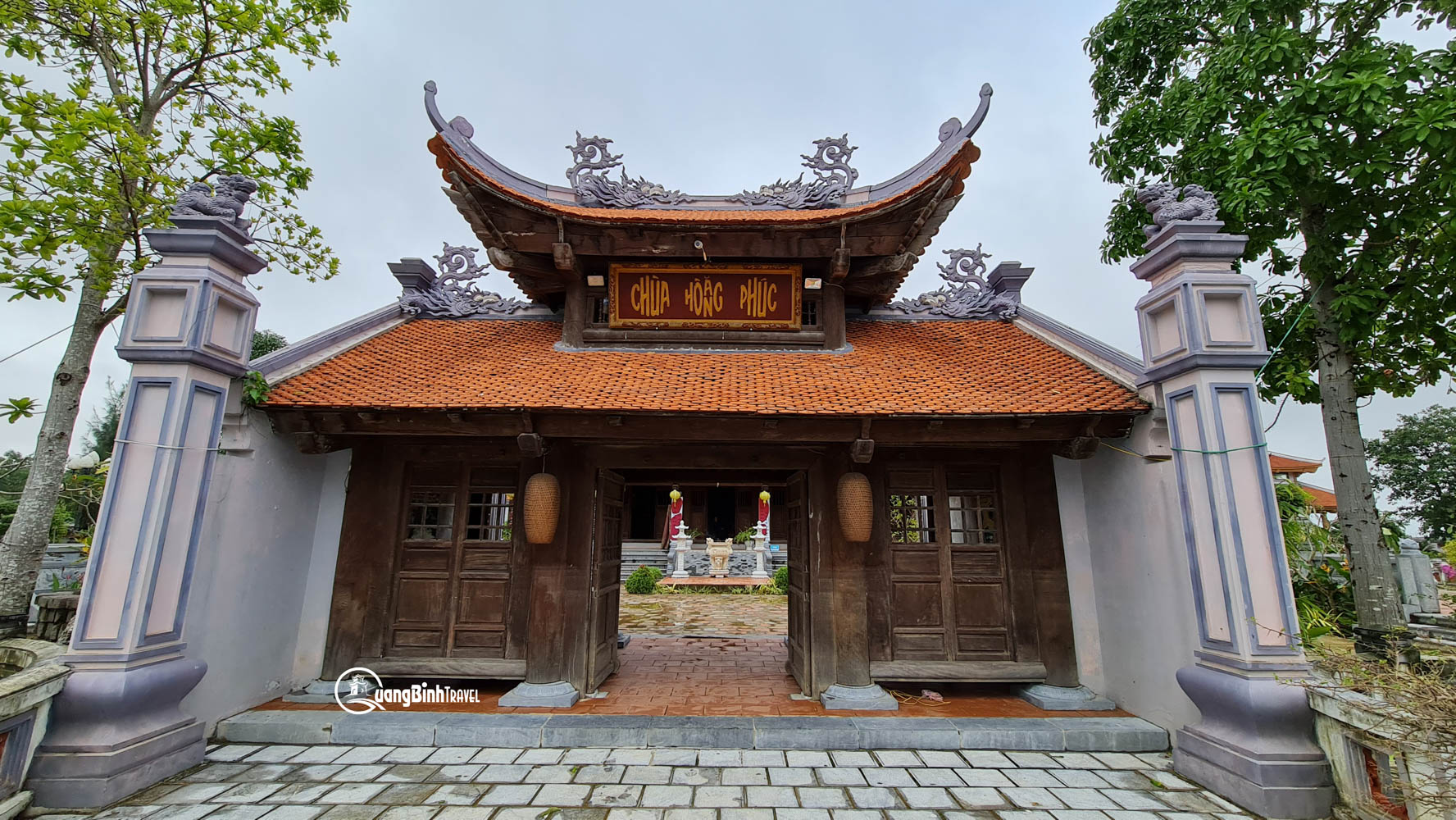
In 1977, on the site of the old Hoang Phuc Pagoda, local people built a small house to worship Buddha, continuing their faith and devotion. However, the house was destroyed after a storm in 1985.
Previously, the worship statue system at Hoang Phuc Pagoda had a large number, designed on 7 levels of worship. However, currently, the pagoda only has 07 statues of different types with different materials, manufacturing techniques, designs and decorative arts. Of which, there are 05 bronze statues (01 statue of Buddha Shakyamuni, 01 statue of Bodhisattva Ksitigarbha, 03 statues of Jade Emperor, Nam Tao, Bac Dau) and 02 wooden statues (01 statue of Dharma Protector. 01 statue of Giam Trai Su Gia). In particular, the pagoda also preserves a large bell cast in the 20th year of Minh Mang (1839) named Hoang Phuc Linh Chung.
See more: Than Dinh Mountain
Hoang Phuc Pagoda is the oldest restored pagoda in Central Vietnam
With the historical values of the pagoda, on June 1, 2010, the People’s Committee of Quang Binh province issued Decision No. 1201/QD-UBND, ranking Hoang Phuc pagoda as a provincial historical relic. On December 9, 2015, the Ministry of Culture, Sports and Tourism issued Decision No. 4248. QD. BVHTTDL, ranking Hoang Phuc pagoda as a national historical relic.
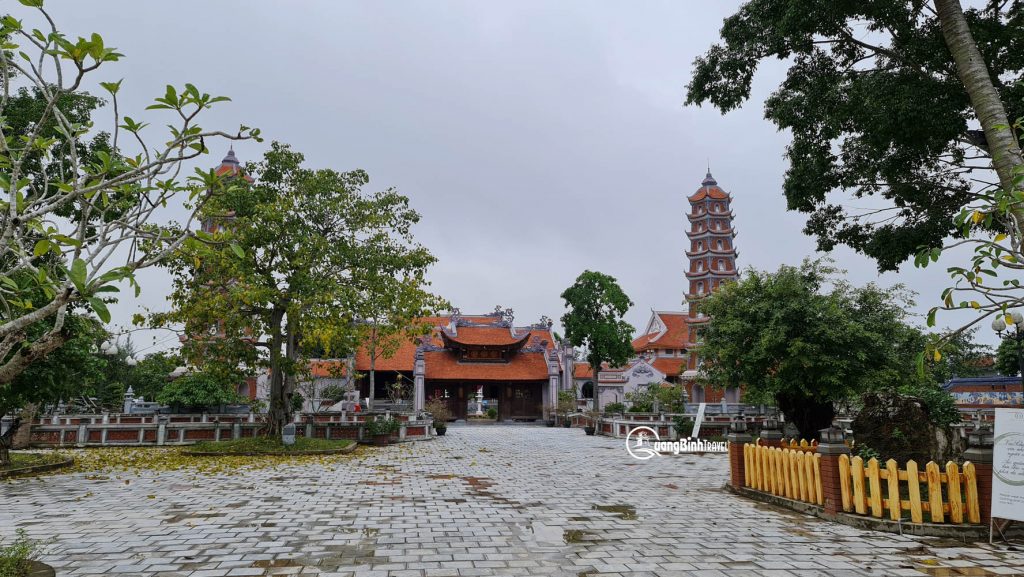
Responding to the wishes of local people, in November 2014, the project to restore Hoang Phuc Pagoda was implemented with socialized capital, in which the Bank for Investment and Development of Vietnam (BIDV) was the main sponsor. The overall architecture of Hoang Phuc Pagoda was restored and embellished in the style of an ancient pagoda from the Tran Dynasty, including: Outer Tam Quan, Inner Tam Quan, Buddha tower, Tam Bao, Ancestor worship house, left and right corridors, gold burning shrine and other auxiliary works. In January 2016, Hoang Phuc Pagoda was inaugurated, received the certificate of ranking as a national historical relic and welcomed the relics of Buddha.
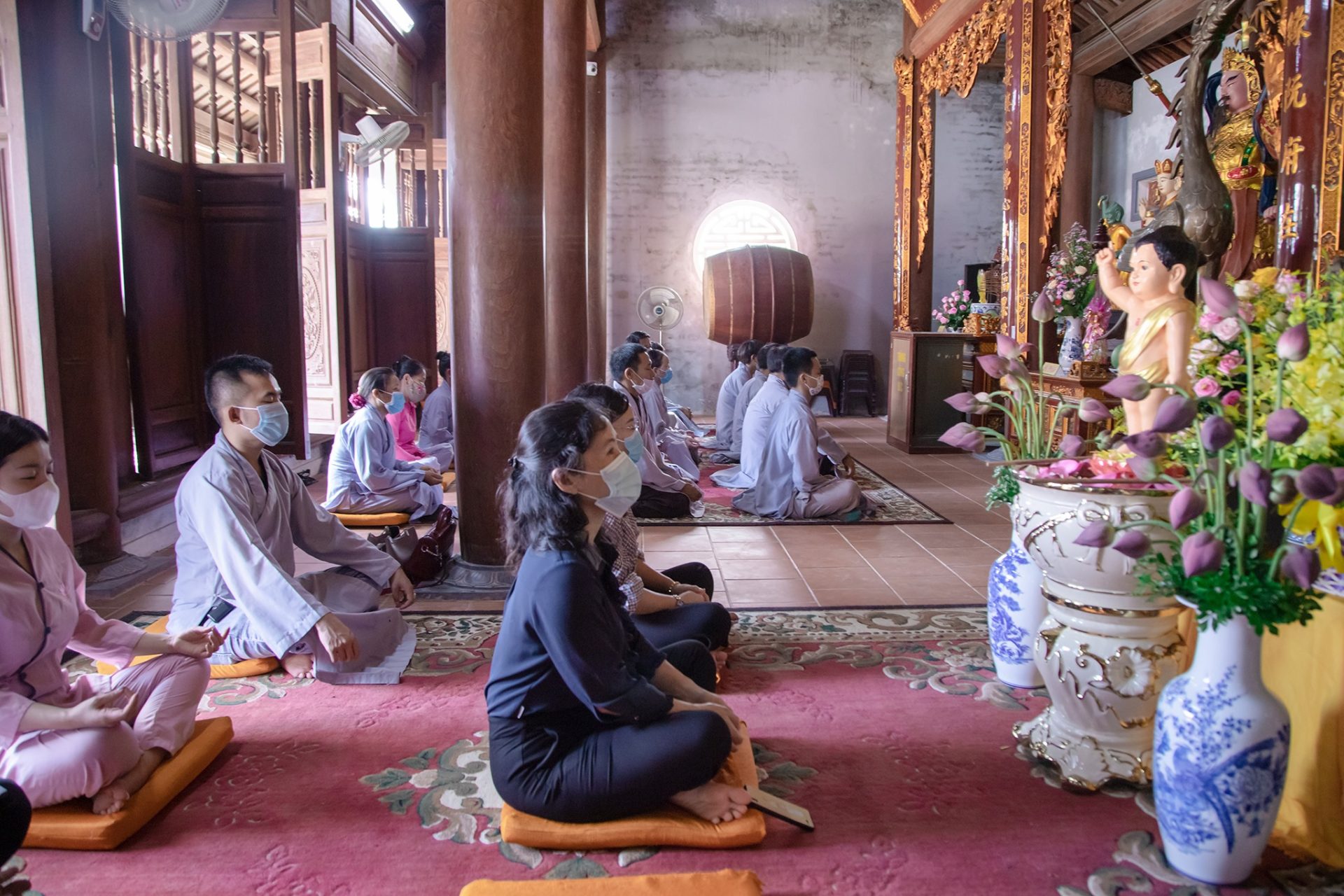
The restored historical relic of Hoang Phuc Pagoda has contributed to preserving and promoting the traditional cultural values of the nation, commemorating and expressing gratitude to the merits of ancestors, King Buddha Tran Nhan Tong, contributing to educating patriotism, national pride, improving cultural and spiritual life, meeting the spiritual and religious needs of the people, local people and Buddhist followers.
Currently, the Hoang Phuc Pagoda festival is held annually in a solemn atmosphere, a harmony between religion and life in the spirit of solidarity and development, contributing to building the country in general and Quang Binh in particular to become increasingly rich and beautiful.
Don’t forget to visit My Thuy, Le Thuy and Hoang Phuc pagoda when you come to Quang Binh.
Bài viết liên quan
12:36 - 10.03.2025
Netin Travel Hosts Mr. Tijmen from PUM for a Short-Term Training Course in Dong Hoi
13:44 - 16.09.2024
Phong Nha Cave – An irresistible tourist destination in Viet Nam
13:32 - 16.09.2024
Phong Nha – Ke Bang National Park
Related Articles
14:05 - 16.09.2024
Di chuyển từ Hà Nội đến Quảng Bình 3 cách phổ biến nhất
12:36 - 10.03.2025
Netin Travel Hosts Mr. Tijmen from PUM for a Short-Term Training Course in Dong Hoi
13:44 - 16.09.2024
Phong Nha Cave – An irresistible tourist destination in Viet Nam
13:32 - 16.09.2024











